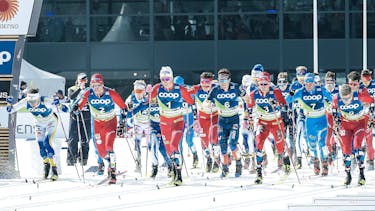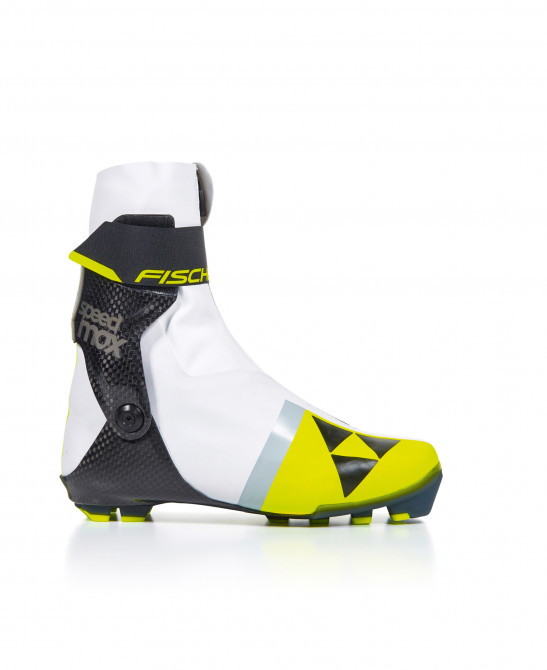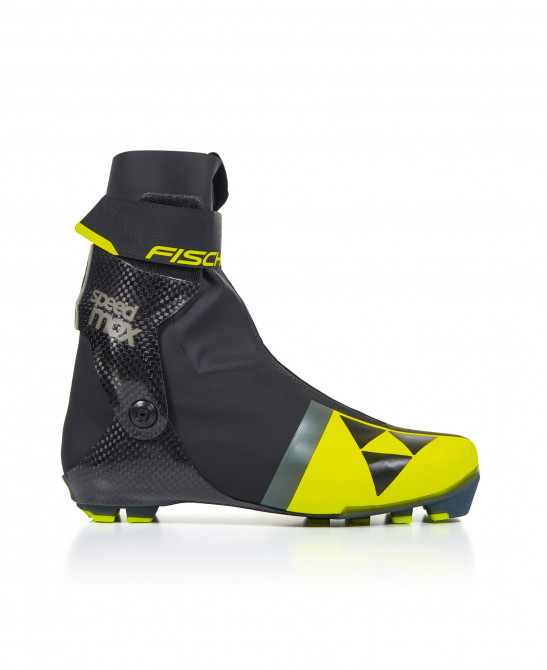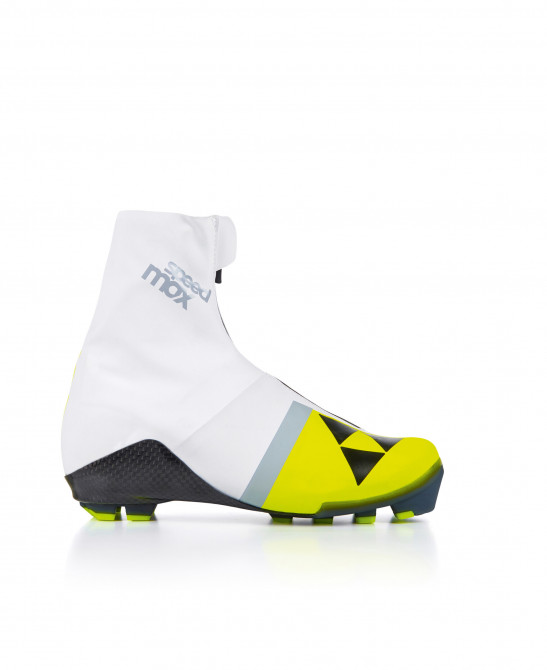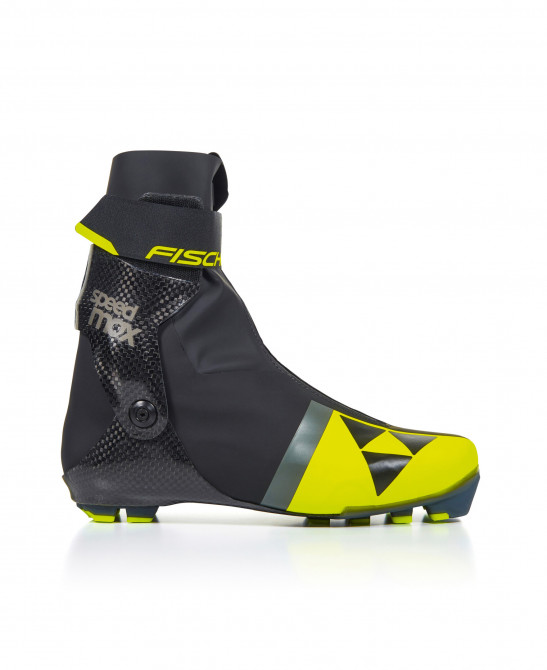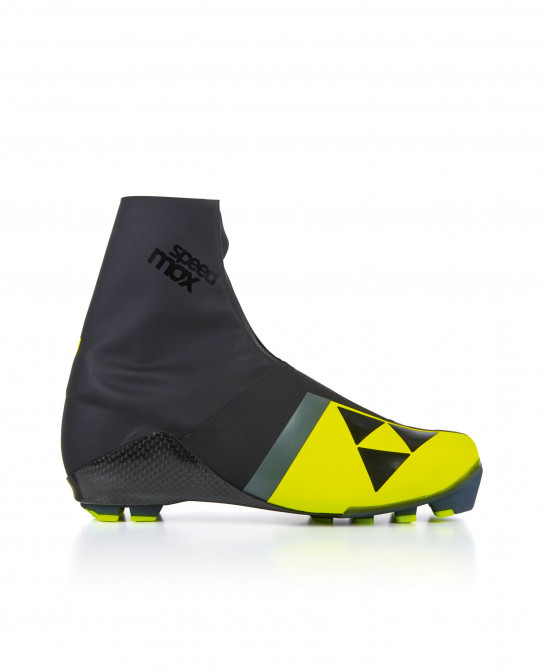
Where do we start the 23l24 season?
As always, we start in the far north. The FIS disciplines of Cross-Country skiing, Nordic Combined and Ski Jumping traditionally start in Kuusamo, Finland. The Biathlon season starts in Östersund, Sweden.
What milestones can we expect in the new season?
During the first part of the season, the Cross-Country World Cup tours Scandinavia for four weeks. Without a World Championships this year, the Tour de Ski and the overall World Cup titles are in focus. Biathlon has the pre-World Championships in Lenzerheide, Switzerland, just before Christmas. After that, everyone is gearing up for the World Championships in Nove Mesto, Czech Republic, in February.
Ski Jumping is back in Lillehammer and then goes to Engelberg for the first big event of the season: the Four Hills Tournament. After that, the season's biggest highlight arrives with the Ski Flying World Championships at Kulm and then, towards the end of the season, the Raw Air Tour in Scandinavia.

How do you think the Biathlon World Championships in Nove Mesto will be?
Nove Mesto has a great stadium with huge stands and a real soccer-like atmosphere. Every event there has been a highlight so far, and the athletes are already looking forward to it. However, there are some coal-fired power plants in the area, which also affects the snow. Therefore, in terms of equipment, Nove Mesto is always a challenge.
What is the most important news in terms of competition formats?
In Ski Jumping, a new competition style is introduced with the "Super Team" event, which is a duo team competition that really suits smaller nations that cannot provide teams of four.
In Cross-Country skiing, the same distances for women and men have become established. Since there are sprint finishes in many mass start races, the sprinters can now succeed over the distances that, at least for men, are shortened. Thus, many sprinters were found in the top ten of the World Cup. Personally, I would prefer a good mixture of different races, in which the distance-oriented athletes also have more chances again.

What does the #FischerRaceFamily look like this winter?
We still have our top stars, who we hope will have another successful season. Some of our top athletes are no longer the youngest, while others have finished their careers. Now it is important for us to put a special focus on the young athletes so that we can continue to build on our successes in the future.
Who are the favorites in the individual disciplines?
Of course, we hope that our Fischer athletes will continue to be at the top. We have a very strong squad and want to be at the top. In Biathlon, we are counting on the Boe brothers and Quentin Fillon Maillet. Hanna Öberg and Linn Persson had a strong season last year and Lisa Theresa Hauser also developed very well. In Nordic Combined, the list of Fischer skiers at the top is long: Johannes Lamparter, Jarl-Magnus Riiber, Vinzenz Geiger, Julian Schmid, and we can’t forget the high-flyer Gyda Westvold Hansen on the women's side. In Cross-Country skiing, the well-known Scandinavians are at the top of the list of favorites: Johannes Hoesflot Klaebo, Eric Valnes, Ebba Andersson, Frida Karlsson, and William Poromaa, just to name a few. Also, in Ski Jumping, Fischer will hopefully be back at the top with Karl Geiger, Stefan Kraft, Markus Eisenbichler, Kamil Stoch, Gregor Deschwanden, Katharina Schmid (formerly Althaus), Ema Klinec, Nika Kriznar, Maren Lundby, Sara Marita Kramer, Selina Freitag, and more.

How big is the international Fischer Racing Service Team?
In total, a small but dedicated team of six people covers service for Cross-Country skiing, Biathlon, Ski Jumping, and Nordic Combined. The team is in constant action throughout the winter and throughout the World Cup. This team is supported by boot service in Cross-Country skiing, Biathlon and Nordic Combined, as well as a person for the pole service of ONE WAY. However, a large part of the success is also due to the people who work extremely hard in the background to ensure that we have the best equipment available.
What is the main responsibility of the Fischer Racing Service Team?
In addition to providing service for the athletes, our main task is to constantly develop the equipment. Sometimes we take bigger steps, sometimes smaller ones. We get a lot of feedback at the highest levels in racing that we can pass on internally and thus incorporate into product development, including products for the end consumer. Even if you sometimes can't imagine that you can improve the current equipment, history is always a guide and it has been impressive what has progressed in the equipment sector even over the past few years.

How does the fluorine ban affect Fischer?
The fluorine ban is certainly also a major challenge for Fischer. It has led to the development of bases and grinds coming to the foreground again to an even greater extent. It is to be feared that the fluorine ban will be to the disadvantage of the smaller nations, as in the past it was possible to compensate quite a bit with fluorine waxes.
How is the Fischer Service Team preparing for the winter?
From spring onwards, work is being done to ensure that equipment is delivered to all nations. This must be completed in the weeks leading up to the beginning of November. Then the focus will be on further development throughout the season. Of course, the main test work can only be done on snow in winter. However, we are already planning which steps must be taken at the beginning of the new season. In the summer months, preparations are made, and a selection of tests are scheduled where we concentrate on the beginning of the winter. As soon as good conditions are present, we start the testing work. First, we check the equipment internally and then pass it on to the service people and athletes. The respective feedback is compared and influences the decision on the next steps.
We wish a lot of success!
